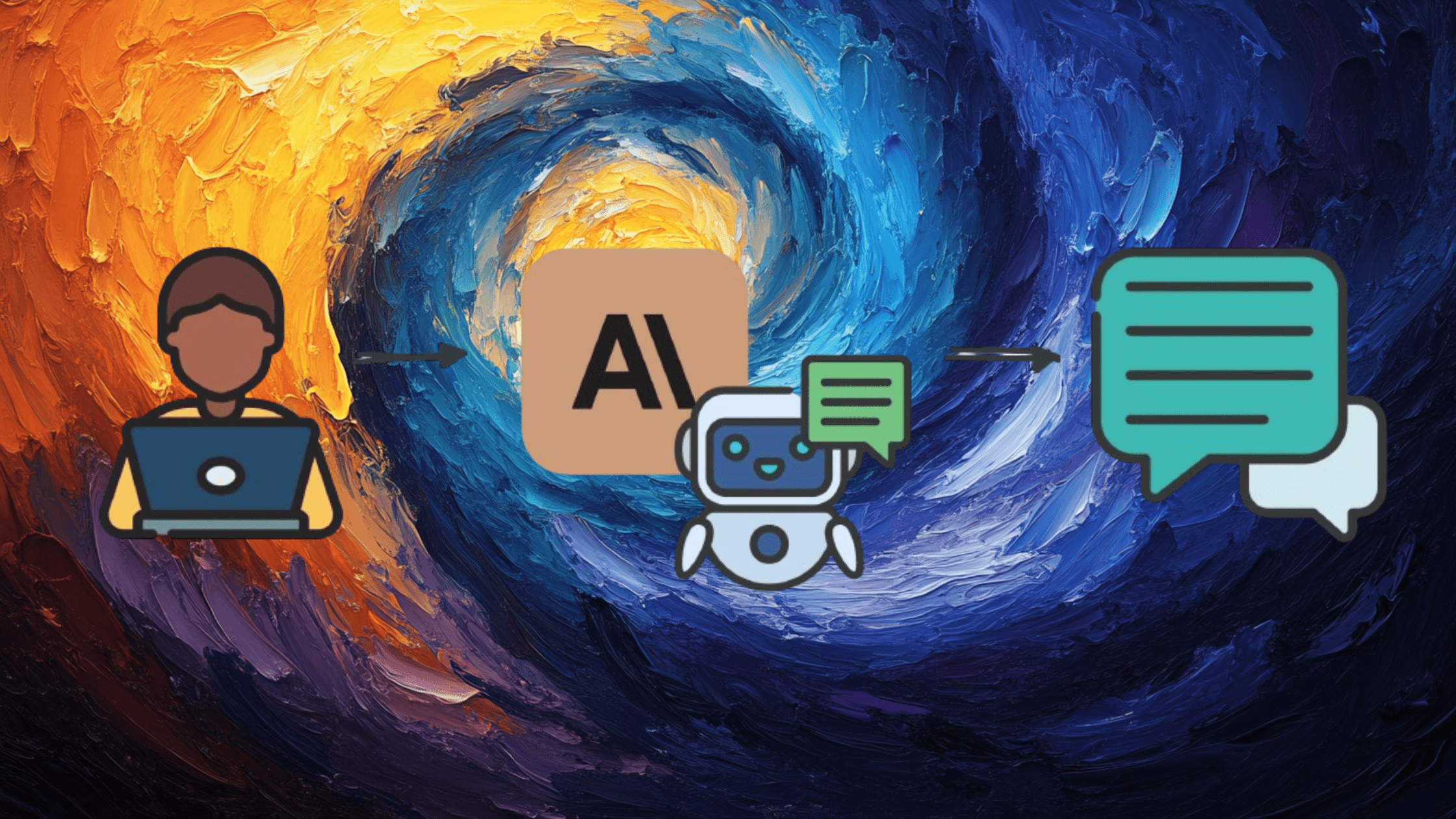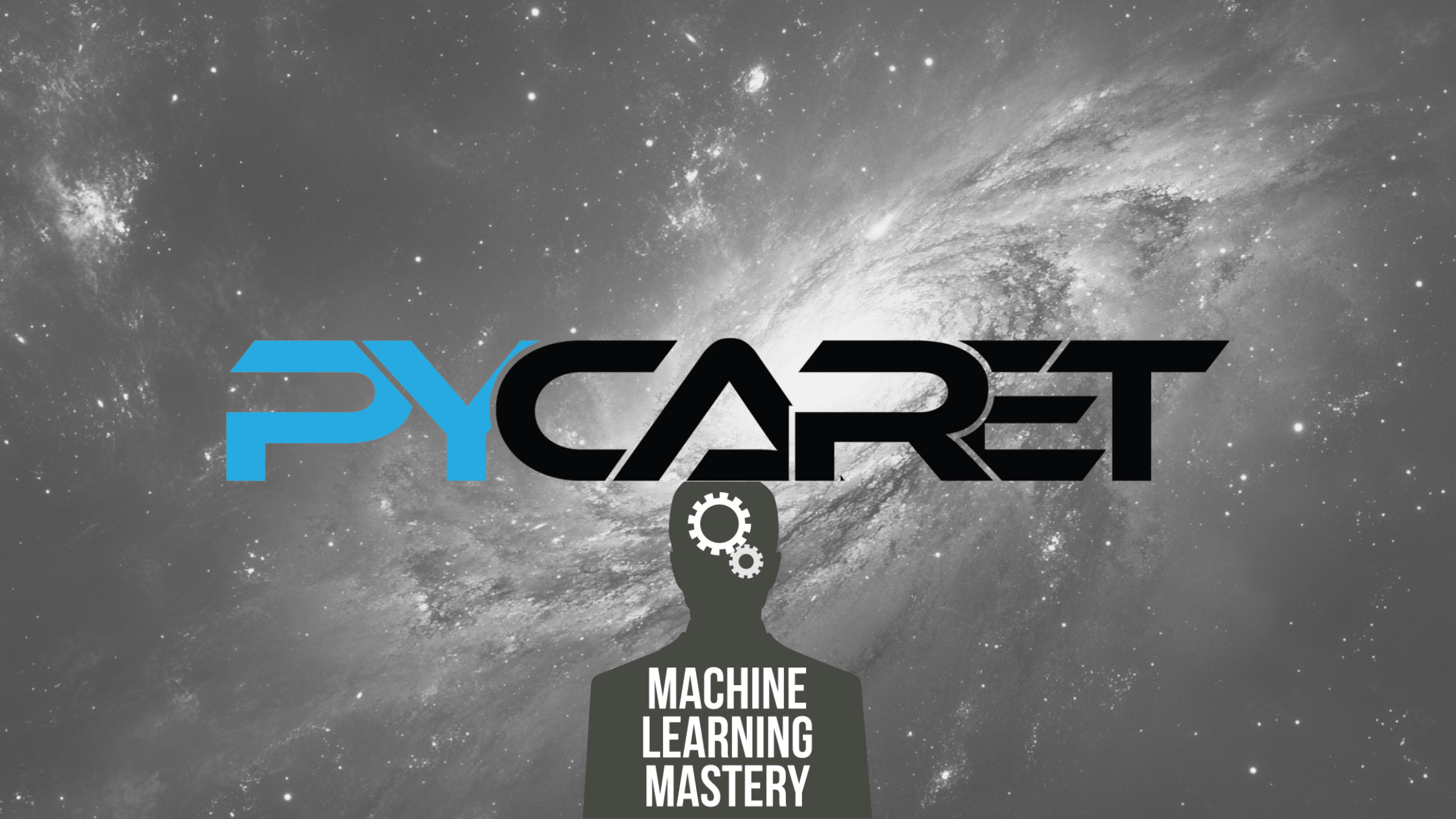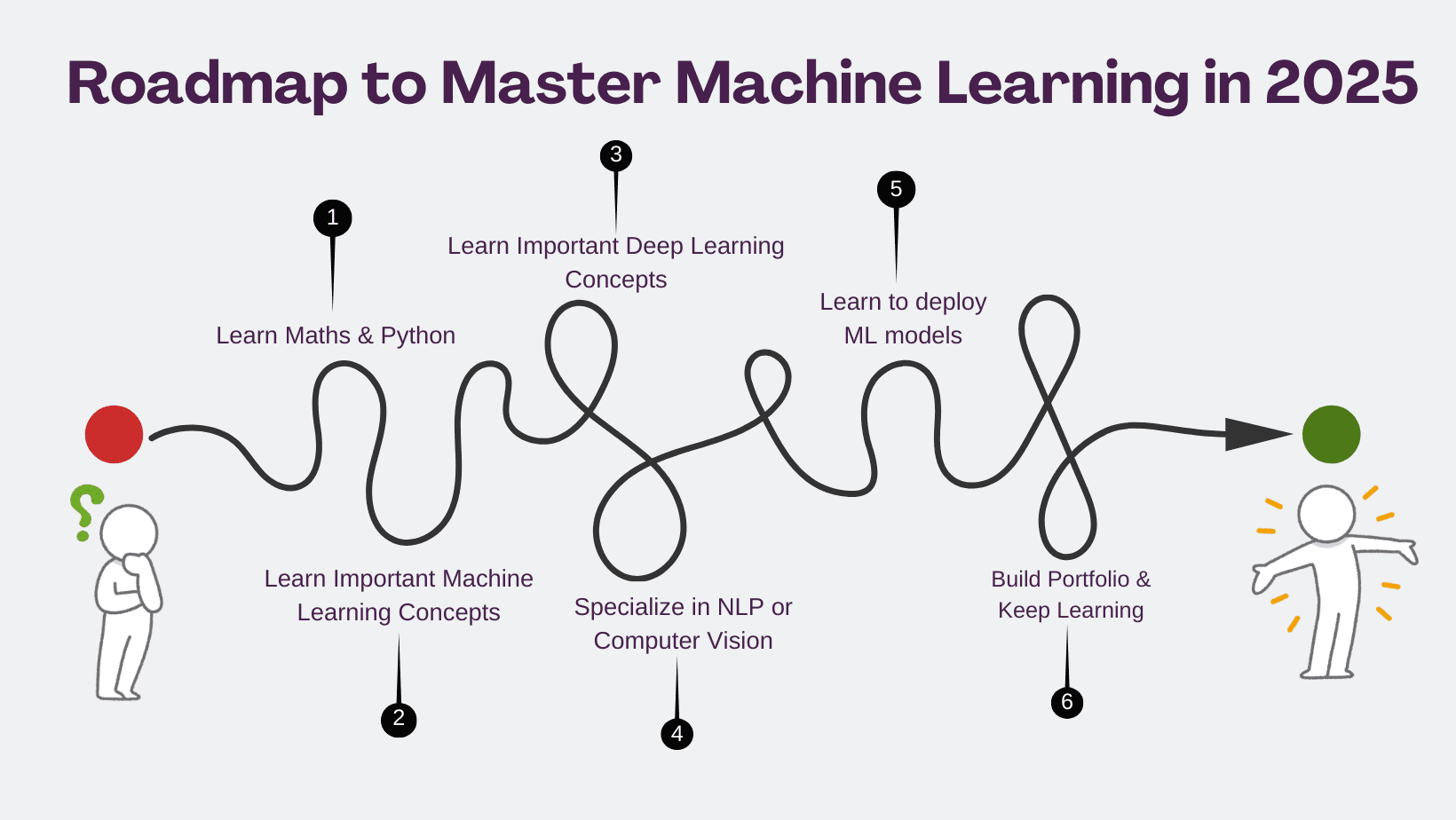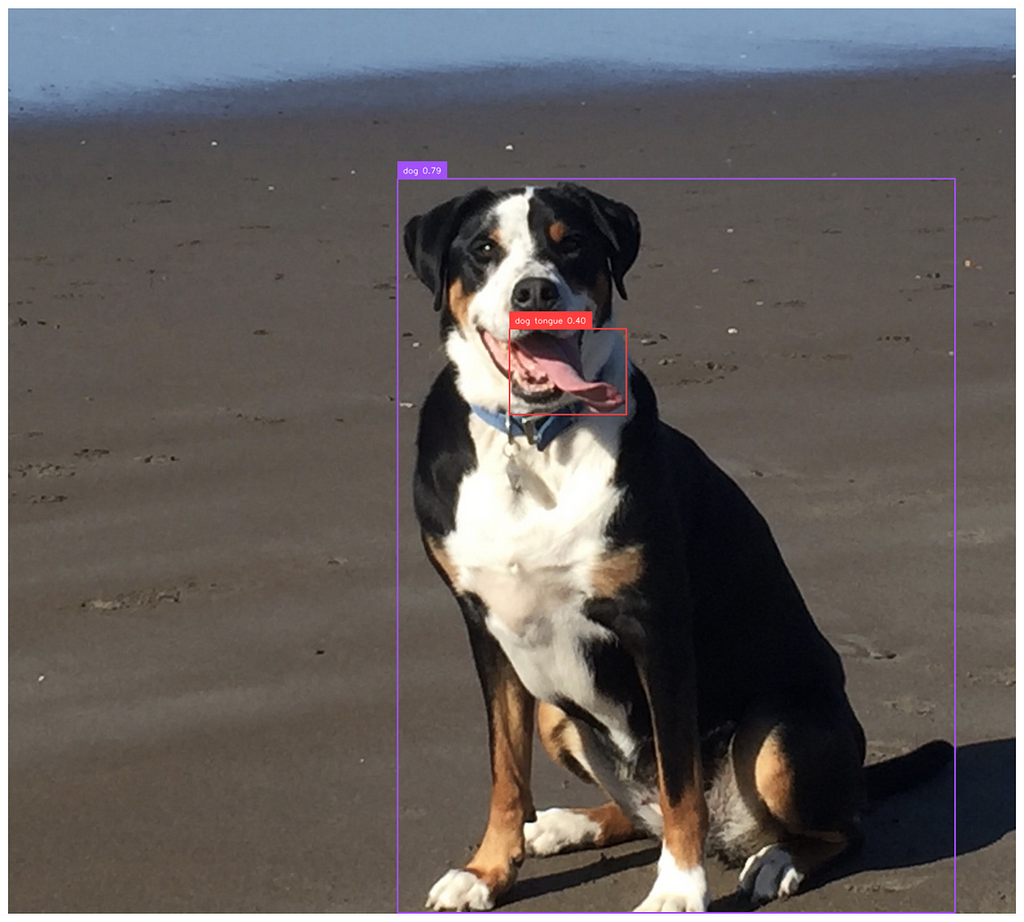Building LLM Agents with LangGraph: A Comprehensive Guide
What is LangGraph? LangGraph is an orchestration framework developed by the creators of LangChain. It excels in managing complex workflows for LLM agents by implementing them as stateful graphs. Key Features of LangGraph Graph Structure: Utilizes nodes and edges for comprehensive workflow management. Persistence: Offers built-in state management and error recovery. Cycles: Supports iterative processes through cyclic workflows. Human-in-the-Loop: Facilitates human intervention for quality control or decision-making. Constructing LangGraph Agents Components Nodes: Represent functions or computational steps. Edges: Define workflow direction, can be direct or conditional. State: Shared data across nodes and edges. Tool Integration Agents can leverage external tools to fetch data, enhancing their capabilities with real-world information. Memory Management Short-term Memory: Maintains context within sessions, limited by context windows. Long-term Memory: Provides persistence across sessions, with LangGraph and tools like Zep for automatic fact management. Zep Long-Term Memory Zep enhances agent interaction by automatically updating facts into a knowledge graph, allowing for more personalized responses. Implementation Steps Setup: Install libraries like langgraph, langchain-openai. Agent Creation: Define states, nodes, edges, and integrate tools into the graph. Memory: Use checkpointers for short-term memory and Zep for long-term memory management. Best Practices Tool Usage: Augment LLM with tools, not replace. Provide detailed tool descriptions for accurate selection. Memory: Employ memory to enrich context but be mindful of LLM's context window limitations. External SDKs: Utilize tools like Zep to automate memory and fact management for better performance. Conclusion LangGraph offers a robust platform for developing sophisticated LLM agents with complex, cyclic workflows and built-in memory management. Incorporating solutions like Zep can lead to highly personalized and context-aware interactions, making it ideal for applications requiring nuanced agent capabilities.

What is LangGraph?
LangGraph is an orchestration framework developed by the creators of LangChain. It excels in managing complex workflows for LLM agents by implementing them as stateful graphs.
Key Features of LangGraph
- Graph Structure: Utilizes nodes and edges for comprehensive workflow management.
- Persistence: Offers built-in state management and error recovery.
- Cycles: Supports iterative processes through cyclic workflows.
- Human-in-the-Loop: Facilitates human intervention for quality control or decision-making.
Constructing LangGraph Agents
Components
- Nodes: Represent functions or computational steps.
- Edges: Define workflow direction, can be direct or conditional.
- State: Shared data across nodes and edges.
Tool Integration
Agents can leverage external tools to fetch data, enhancing their capabilities with real-world information.
Memory Management
- Short-term Memory: Maintains context within sessions, limited by context windows.
- Long-term Memory: Provides persistence across sessions, with LangGraph and tools like Zep for automatic fact management.
Zep Long-Term Memory
Zep enhances agent interaction by automatically updating facts into a knowledge graph, allowing for more personalized responses.
Implementation Steps
-
Setup: Install libraries like
langgraph,langchain-openai. - Agent Creation: Define states, nodes, edges, and integrate tools into the graph.
- Memory: Use checkpointers for short-term memory and Zep for long-term memory management.
Best Practices
- Tool Usage: Augment LLM with tools, not replace. Provide detailed tool descriptions for accurate selection.
- Memory: Employ memory to enrich context but be mindful of LLM's context window limitations.
- External SDKs: Utilize tools like Zep to automate memory and fact management for better performance.
Conclusion
LangGraph offers a robust platform for developing sophisticated LLM agents with complex, cyclic workflows and built-in memory management. Incorporating solutions like Zep can lead to highly personalized and context-aware interactions, making it ideal for applications requiring nuanced agent capabilities.





































































